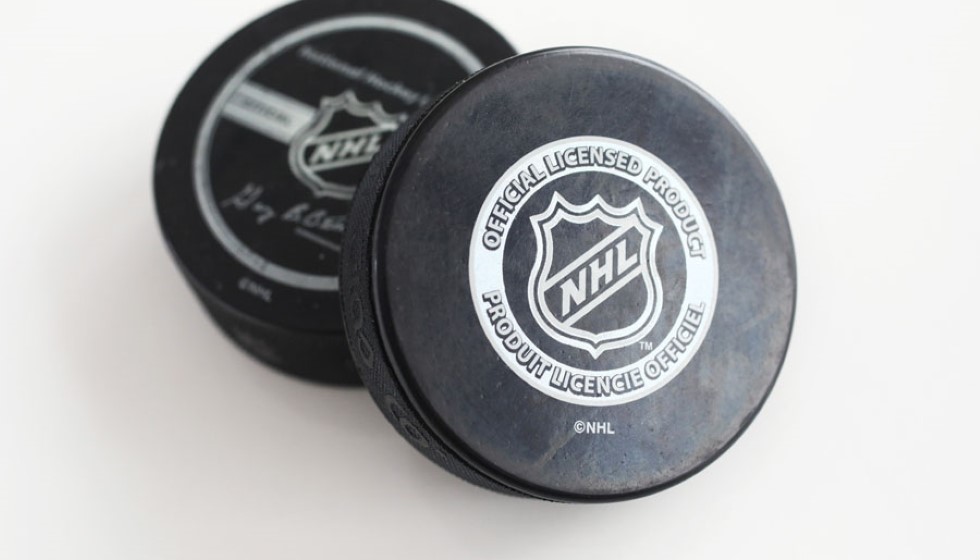
In a recent game that pitted the Toronto Maple Leafs against the New York Rangers, a notable face-off occurred between veteran Ryan Reaves and newcomer Matt Rempe. This matchup stood out for several reasons, not least because of Rempe’s status as a rookie who has already made his presence felt in the NHL through both his physical play and his role as what many would describe as an "enforcer".
The Rookie Enforcer
Matt Rempe, although new to the league, brings an intimidating presence on the ice. Standing tall at 6 feet 7 inches and weighing 240 pounds, he has contributed to the Rangers with both a goal and an assist in just seven games. However, what is more striking is his time spent in the penalty box, totaling 37 minutes—a figure that surpasses his total gameplay time by 5 minutes. This fact alone highlights his role as an enforcer, a player known more for physicality and intimidation than scoring prowess.
Rempe's aggressive style of play has led to several fights on the ice, aligning him with a long tradition of NHL enforcers. However, this role has become increasingly scrutinized over the years, especially following the tragic deaths of enforcers Derek Boogaard, Wade Belak, and Rick Rypien in 2011. Research has linked the fighting aspect of hockey to Chronic Traumatic Encephalopathy (CTE), although NHL Commissioner Gary Bettman has contested findings that connect hockey fights directly to this condition.
Shift in the NHL Paradigm
The NHL has seen significant changes over the years, with analytics playing a crucial role in how teams are built and games are played. This shift has made it more challenging for traditional enforcers to find a place in the league. Typically, these players do not score frequently, are not among the best skaters, and do not often contribute to successful zone entries.
Moreover, the decline in fighting has led to a faster, more skilled game that emphasizes inclusivity and skill over physical intimidation. Yet, fighting is still seen by many within the sport as part of hockey's unwritten "code", a means of self-regulation and protection for star players.
Public and Inside Opinions
The discussions around players like Rempe and the role of fighting in hockey are not confined to the sport itself but often spill over into cultural debates. For example, during the NHL's All-Star break in Florida, a NHL LinkedIn post about a career fair sparked criticism from Florida Governor Ron DeSantis, highlighting how intertwined sports, culture, and politics can become.
Yet, within the hockey community, there are those like Paul Bissonnette, a panelist on TNT’s NHL broadcasts, who view hits and fights like those involving Rempe as “old-school” and part of the game. Bissonnette, in particular, praised Rempe for 'answering for his actions', which aligns with the traditional view that enforcers help keep the game safe by policing the ice themselves.
The Debate Continues
Whether or not the presence of enforcers like Rempe makes the game safer is a subject of ongoing debate. Some argue that these players prevent more dangerous play by deterring opponents from taking liberties with star players. Others contend that the role is outdated, with the shift towards speed and skill reducing the need for enforcers and making the game more appealing to a broader audience.
Regardless of one's stance, it's clear that players like Rempe and the discussions surrounding the role of fighting in hockey remain significant aspects of the NHL. As the league continues to evolve, the balance between maintaining its traditional elements and embracing change will be crucial in shaping its future.
By examining the role of enforcers and the impact of fights on the sport and its culture, the conversation around what the NHL should look like moving forward is not only about the game itself but also about its place within a larger societal context.